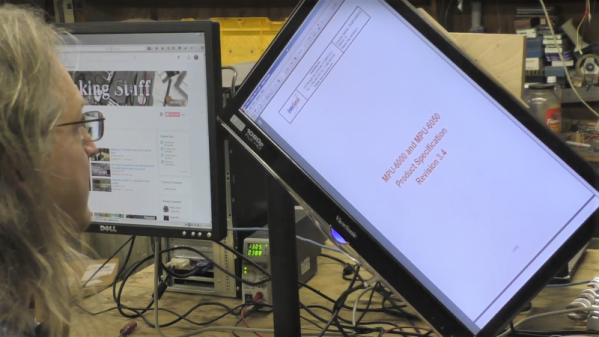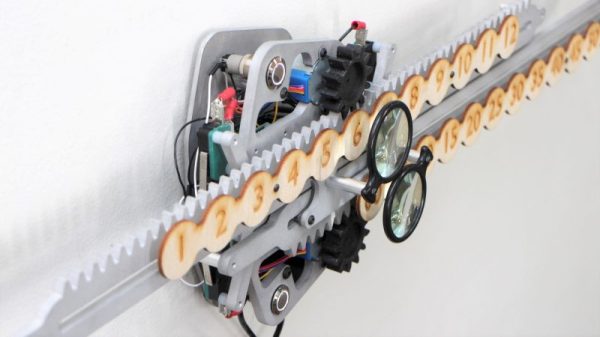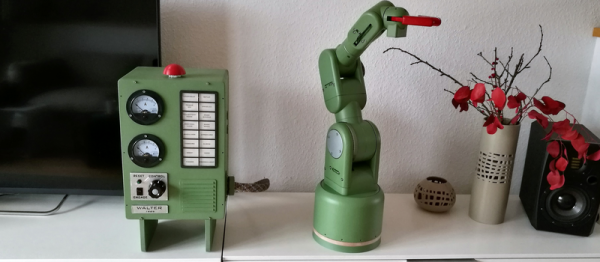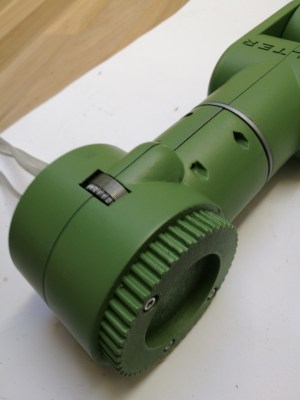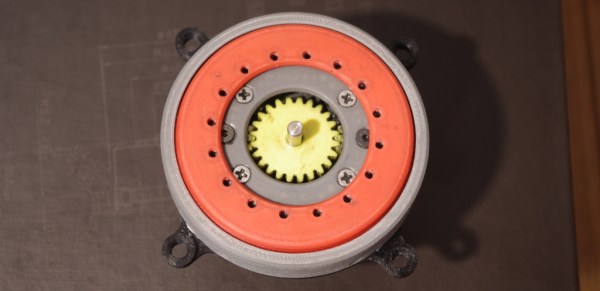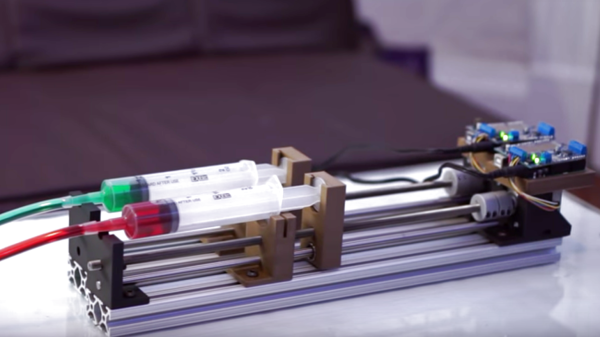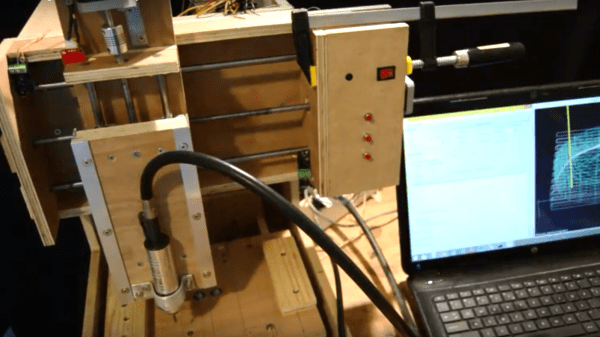Stepper motors are a great solution for accurate motion control. You’ll see them on many 3D printer designs since they can precisely move each axis. Steppers find uses in many robotics projects since they provide high torque at low speeds.
Since steppers are used commonly used for multi-axis control systems, it’s nice to be able to wire multiple motors back to a single controller. We’ve seen a few stepper control modules in the past that take care of the control details and accept commands over SPI, I2C, and UART. The AnanasStepper 2.0 is a new stepper controller that uses CAN bus for communication, and an entry into the 2017 Hackaday Prize.
A CAN bus has some benefits in this application. Multiple motors can be connected to one controller via a single bus. At low bit rates, it can work on kilometer long busses. The wiring is simple and cheap: two wires twisted together with no shielding requirements. It’s also designed to be reliable in high noise environments such as cars and trucks.
The project aims to implement an API that will allow control from many types of controllers including Arduino, Linux CNC, several 3D printer controllers, and desktop operating systems. With a few AnanasSteppers one of these controllers, you’d be all set up for moving things on multiple axes.






